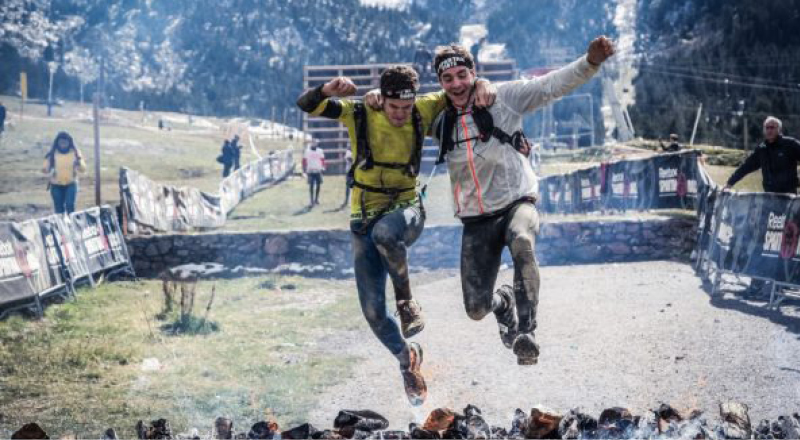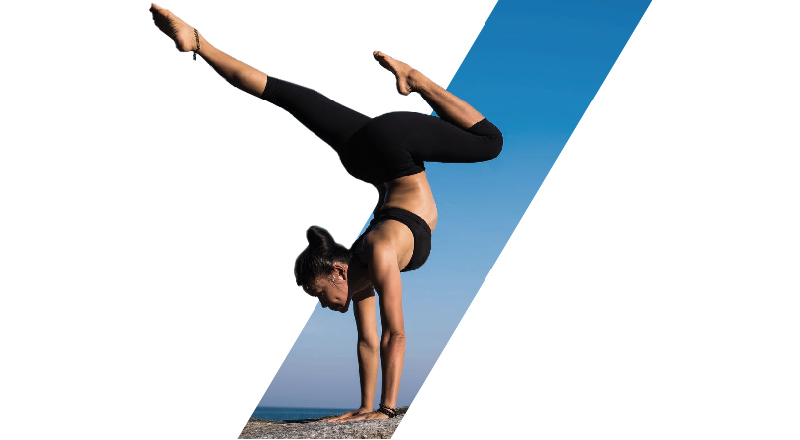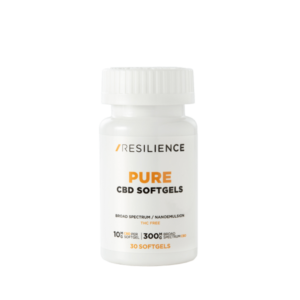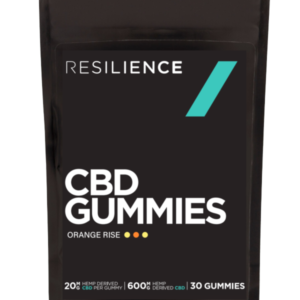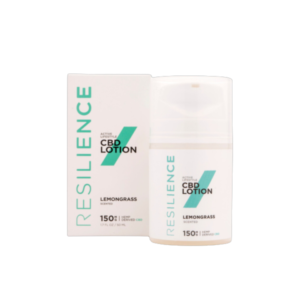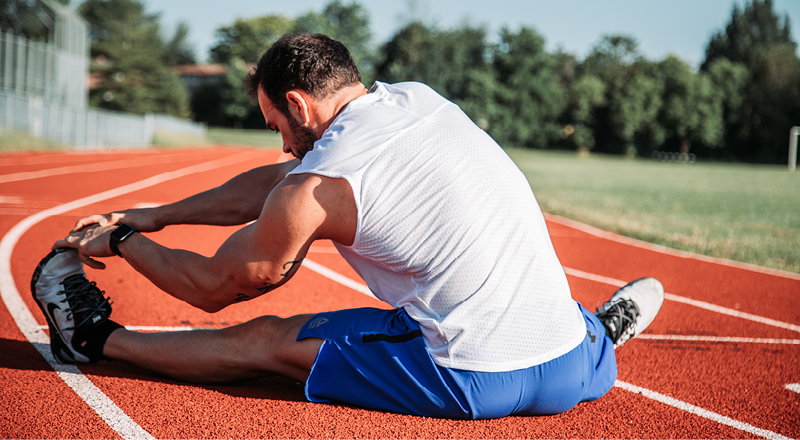
Your Complete Guide to Stretching.
Stretching. Either you love it or you hate it. There has been a lot of controversy around stretching and whether it’s beneficial for your body or not. We dove deep into the world of stretching to create this complete guide of best practices, different types of stretches, benefits of flexibility, and some pre and post-workout advice from Strength & Mobility Coach, Matt Pippin.
Is Stretching Good or Bad for Your Muscles?
Yes…and no. There is a lot that goes into stretching properly. Let’s start with the two different types of stretching: Static and Dynamic.
- Static: The stretching we’re all familiar with. You sit down on the gym floor, touch your toes, reach to the right, reach to the left, etc. These usually involve holding a pose for 10-30 seconds.
- Dynamic: Dynamic stretching is a more full range of motion stretches. Instead of pulling your arm across your chest to stretch your shoulder, try windmill, or leg kicks to stretch those hammies.
There is a lot of controversy around static stretching. Studies have shown that static stretching pre-workout can actually hinder performance and leave you at risk for injury, while dynamic stretching pre-workout will help to relieve stiffness and improve range of motion before a workout.
Static stretching can be great when done correctly. It can be beneficial in improving flexibility and debriefing after a strenuous workout, but make sure you’re never pushing yourself to the point where it’s painful.
Dynamic stretching is definitely where you should focus your attention prior to exercise as there have been numerous positive correlations between performance and these stretches. Not only are you enhancing your range of motion, but you’re also guarding your joints and preventing injury.
Why Should I Improve my Flexibility?
Being flexible is not reserved to gymnasts, yogis, and acrobats. Neither are its benefits. Improving flexibility has been found to work wonders for the body, mentally and physically!
Decreased Risk for Injury
Stretching and increasing flexibility through activities like yoga has a myriad of different benefits. It lengthens and strengthens muscles, joints, and connective tissues that oftentimes don’t get worked or stretched otherwise. This can increase your range of motion, balance, and overall strength increasing your body’s ability to handle physical stress.
Release of Physical Tension and Pain in the Body
By regularly stretching and doing yoga, you’ll release tension and open up your joints and muscles. This will improve your posture, balance, and relax the body.
Increased Range of Motion
It’s important to first realize there is a distinction between range of motion and flexibility. Range of motion typically refers to the mobility of your joints, while flexibility refers to the mobility of muscles and ligaments. Improving your overall flexibility will also improve your joint mobility.
Matt Pippin’s Pre & Post Workout Stretch Routine
We spoke with Strength and Mobility coach, Matt Pippin, who owns Pippin Performance. With all the misinformation out there, he wanted to create a step-by-step guide for a successful pre and post workout stretching routine.
“The meat and potatoes of your routine is strength, cardiovascular, mobility, and stretching. Too much of one and not enough of the other will lead to suboptimal results” explains Pippin. Keep reading below for his awesome guide:
Pre-Workout: Rev it up!
Mobility training is to be done pre-workout (either strength or cardiovascular) and even sprinkled in during the workout to get the body primed for the physical activity that’s about to take place. Mobility training moves each of your joints through their greatest range of motion by lighting up all these little mechanoreceptors that essentially wake up your nervous system. By waking the nervous system up, you’re telling the body it’s go time!!!
Here are a few of Pippin’s favorite must-have mobility moves to bulletproof your body, no matter what you throw its way.
Post-Workout: Wind it Down!
Stretching, specifically static stretching, is a great way to wind down the body either after a workout or before bed. Do not stretch right before a workout. The latest research has proven that this will hinder performance and even lead to injuries.
During your stretch-session is the time you want to start bringing your nervous system down. I like to think of stretching as chilling out time. You’ve already put in the work with your strength or cardiovascular routine, and now it’s time to start the recovery process. You simply can’t recover if you don’t start turning down your volume a little bit.
A good rule of thumb for static stretching is to hold each of your stretches for at least 2 minutes. No one ever got flexible by stretching something for 30 seconds. By also concentrating on slow methodical breathing during your stretching, you’ll start the recovery process so you’re ready to crush your next workout.
Some of my favorites are the 90/90 position attacking both the front leg and back leg, both arms behind the back for the shoulders, and the good old standing calf stretch.
As for your strength and cardiovascular workouts, that recipe will be dictated by what your individual goals are. No matter what they are, you still have to get in your mobility and stretching.
For more information about Pippin Performance and stretching, check out Matt Pippen’s guest blog, “A Strength Coaches Secret Weapon to Improve Performance.”
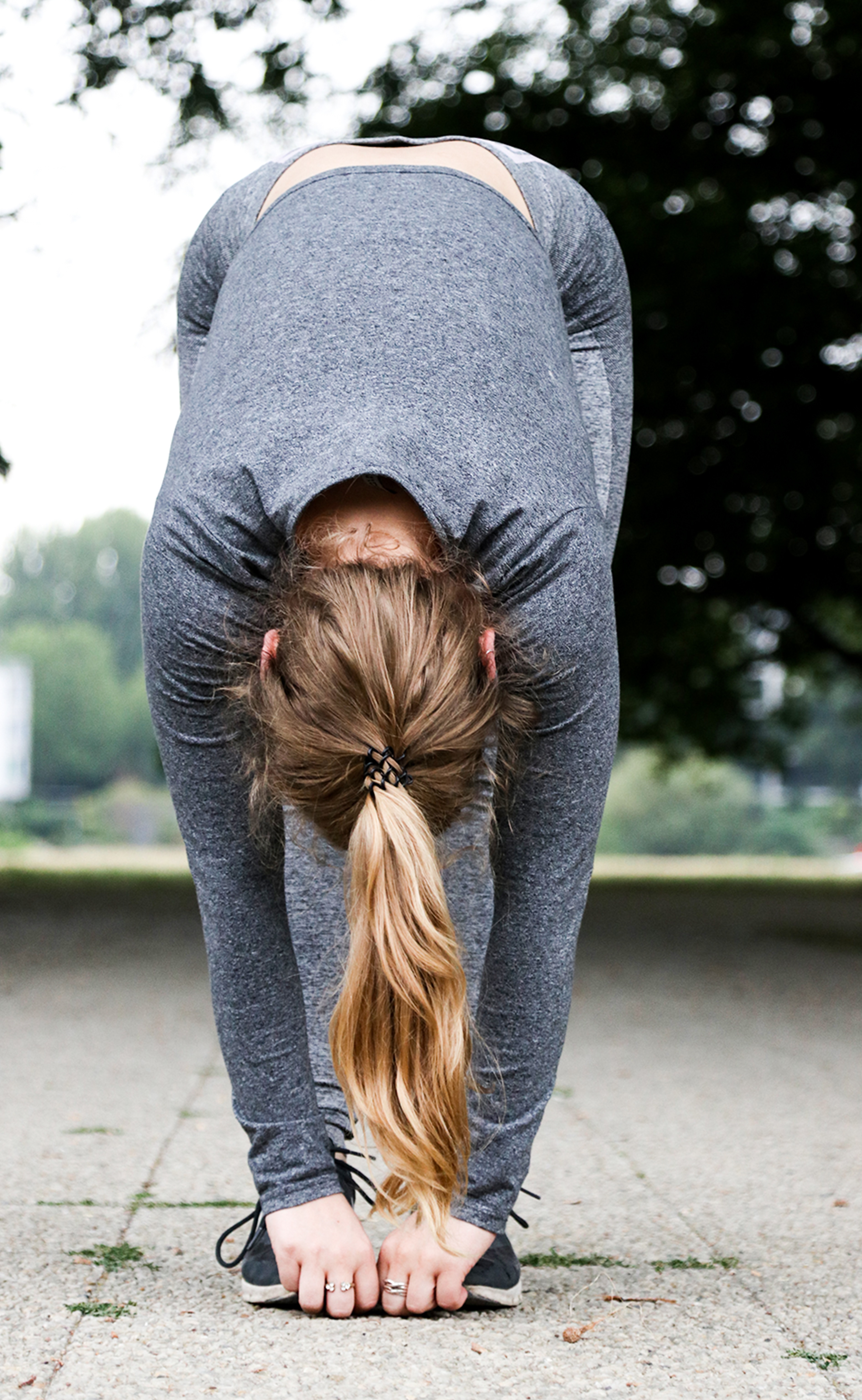
Can CBD Help with Flexibility and Range of Motion?
Absolutely! Resilience CBD can help with flexibility and range of motion in a few different ways. We broke it down below:
Anti-inflammatory
CBD is a very powerful anti-inflammatory. Whether you’re using Resilience CBD orally or topically, it helps to attack inflammation in your body and relieve pain. One of the most common inflammatory issues is Arthritis. This is when inflammation enters the joints. Other inflammatory associated joint issues include osteoarthritis, fibromyalgia, or neck and back pain. By regulating inflammation in the body, Resilience CBD is able to relieve pain, and allow your body to perform and move much more freely.
Blood Pressure
Studies have shown that CBD can lower blood pressure. High blood pressure results in stiff arteries and joints. With lowered blood pressure, you’re improving your circulation and blood flow to your whole body. This ensures flexibility and movement by oxygenating all your muscles.
Recovery
Because Resilience CBD relieves pain and allows you to recover quicker, you’re able to spend less time healing and more time working through strength and mobility training. We all know those much needed hammy stretches aren’t going to happen if we’re too sore.
If you have any other questions about stretching, or anything you’d like added to this stretching guide, feel free to reach out to us on our contact page or email us directly at contact@ResilienceCBD.com. Happy stretching
 Written by: Michael Tatz | Linkedin
Written by: Michael Tatz | Linkedin
Michael Tatz is the Co-Founder of Resilience CBD, and a passionate leader in the health & fitness world helping others rise to and crush their wildest goals. A former Division 1 college wrestler, Army Officer, and investment manager at Goldman Sachs, he has pushed his body and mind to the limits on the mats, dressed in camo, and in the boardroom.
Today, he spends his time leading Resilience CBD to develop the absolute best recovery products for athletes everywhere. Resilience was founded after CBD personally impacted Michael’s life, and the brand was built to partner with everyday athletes in pursuit of conquering their most difficult challenges, rebounding after their toughest performances, and rising to their goals that once seemed impossible.
Share this Blog post!

